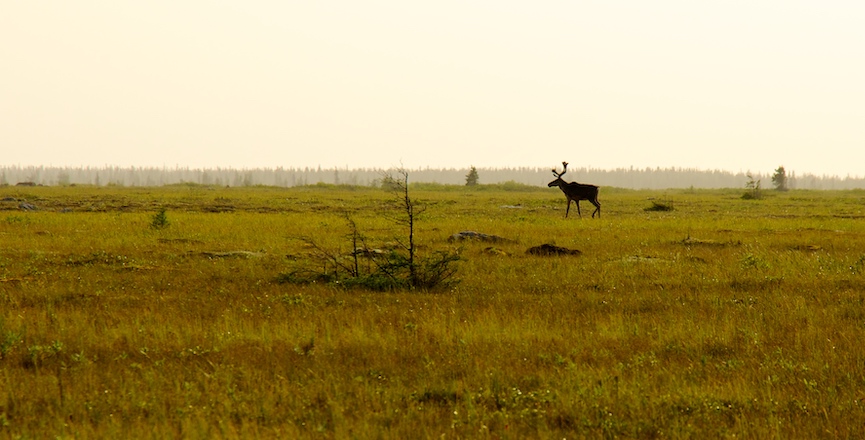To bring imperilled wildlife back from the brink, governments must establish recovery targets. This might seem straightforward and science-based, but it is often influenced by social and economic factors. Canadian targets are not always set to help a species recover to previous population levels, but instead to move its status from “endangered” to “threatened,” as with the spotted owl; to merely halt declines, as with the marbled murrelet; or to reduce rates of decline, as with the boreal caribou in British Columbia.
Researchers have found unambitious recovery targets are often associated with plants and animals threatened by the activities of “economically important” industries.
When the David Suzuki Foundation comments on recovery objectives for at-risk species, it champions abundance where a species was once abundant, so it can withstand the pressures of climate disruption and provide sustenance to Indigenous peoples, where desired.
Yet Environment and Climate Change Canada has deemed that some animal and plants species have “overabundant populations,” meaning “the rate of population growth has resulted in, or will potentially result in, a population whose abundance directly threatens the conservation of migratory birds (themselves or others) or their habitats, or is injurious to or threatens agricultural, environmental or other similar interests.”
The federal government recently expanded hunting regulations under the Migratory Bird Act to allow bait cropland — farmland modified in ways not consistent with normal agricultural practices in order to attract migratory birds, such as Ross’s geese and snow geese, which it deems “overabundant” to be hunted.
The rationale is that these goose populations have grown significantly as natural landscapes are converted to agricultural fields, where they feed while migrating through the U.S. This has caused recent population surges that affect their own habitat and that of other Arctic bird species.
The surge is a matter of perspective, though. According to birder and conservationist Barry McKay, “Whatever is gained by whatever crops they can access must be measured against the immense loss of viable habitat that appeared there prior to colonization.”
Government scientists noted in 2015 that relaxed hunting regulations for snow geese didn’t have a significant impact on their population; the population stabilized on its own. This raises the question of why loosened regulations like bait cropland are still included in the Migratory Bird Act regulations.
The concept of overabundance in nature is unsettling.
Natural systems have their own internal regulatory mechanisms. Nature offers checks and balances, and species in ecosystems co-evolve symbiotically, influencing each other in myriad ways.
McKay notes, “Wildlife managers often seem to hold a general belief that nature is relatively changeless, or at least they act as though they believe that there is a norm or standard, against which change can and should be measured.” Nature is not static. All of its parts are in motion, fitting and refitting together in ways that we often can’t see or predict.
Our capacity to “manage” nature — by, in this instance, killing one species to benefit others — is uncertain at best. At worst, and commonly, it can further degrade natural ecosystems.
As Barry Lopez notes in his book Horizon, “It is impossible, biologically, truly to ‘restore’ any landscape. The reintroduction of plants and animals to a place suggests that though human engineering of one sort or another has ‘destroyed’ a place, human engineering can bring it back, a bold but wrongheaded notion: humans aren’t able to reverse the direction of evolution, to darn a landscape back together like a sweater that has unraveled.”
Yet often landscape restoration is the only hope for at-risk species, the vast majority of which are imperilled because of habitat loss and degradation. Repairing what we have damaged is, to many, a moral imperative that must be guided with care. Nature in its essence is regenerative. We must critically examine efforts that require further destruction, such as killing geese or predators like wolves.
The biggest threat to the Arctic is climate change, not geese. And, although Environment and Climate Change Canada’s description of “overabundant” species doesn’t mention it, when nature is out of whack — when some species are negatively affecting other species at a pace not in keeping with the flow of co-evolution — it is most often because of the actions of our own very abundant species.
David Suzuki is a scientist, broadcaster, author and co-founder of the David Suzuki Foundation. Written with contributions from David Suzuki Foundation boreal project manager Rachel Plotkin. Learn more at www.davidsuzuki.org.
Image: J.H./Flickr




